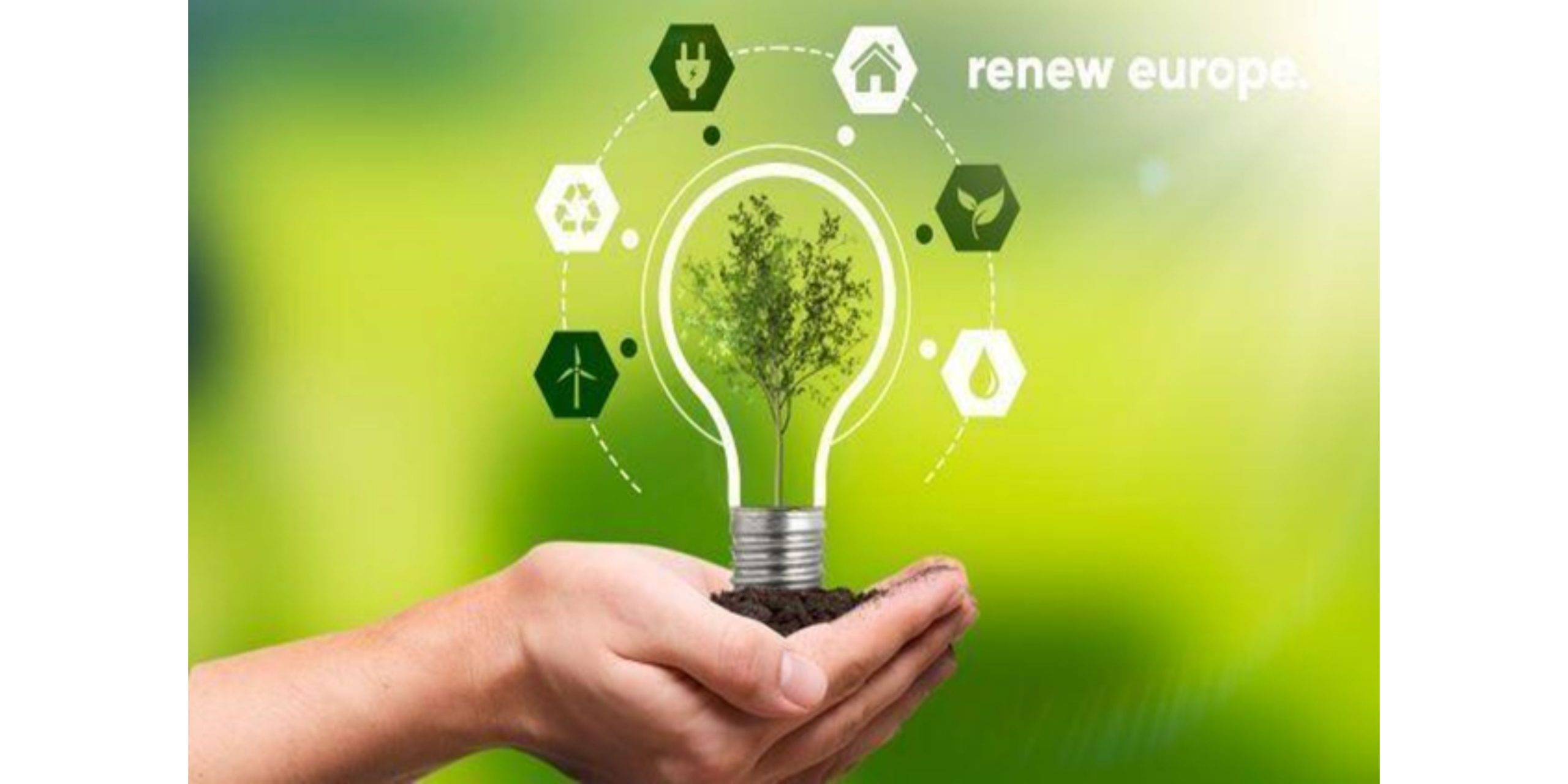The EU is implementing an ambitious plan to reduce its dependence on Russian fossil fuels and accelerate the green transition, by saving energy, investing in renewables and diversifying energy supplies.
The European Commission put forward the REPowerEU plan in May 2022. The plan builds on the implementation of the Fit for 55 proposals, which support the ambitious EU goal of achieving at least -55% net greenhouse gas emissions by 2030 and climate neutrality by 2050 in line with the European Green Deal.
The Recovery and Resilience Facility (RRF), set up in the aftermath of the COVID-19 crisis as a temporary instrument to mitigate the pandemic’s economic and social impact, is the main funding tool for the plan.
In December 2022, Council and Parliament negotiators reached a provisional agreement on a revision of the RRF regulation. The amendments enable member states to add specific REPowerEU chapters to their recovery and resilience plans to finance investment and reform measures in line with the objectives of the REPowerEU plan. The Council formally adopted the new rules in February 2023.
What is REPowerEU?
REPowerEU is the EU’s plan to:
- save energy and improve energy efficiency
- diversify energy supplies
- accelerate the clean energy transition
How is REPowerEU financed?
up to €225 billion
of unused loans from the Recovery and Resilience Facility (RRF)
+ €20 billion in new grants
60%: innovation fund
40%: sale of emission trading system (ETS) allowances
up to €17.9 billion
transfer possibilities of 5% from the cohesion policy funds
up to €5.4 billion
voluntary transfers from the Brexit adjustment reserve to the RRF
How will member states implement REPowerEU?
Submission
preferably by 30 April 2023 (legal deadline for loan requests: 31 August 2023)
Member states submit modified recovery and resilience plans (RRPs), adding specific ‘REPowerEU chapters’
The chapters include:
- new reforms and investmentsstarting from 1 February 2022
- scaling-up of reforms and investmentsalready included in their adopted RRPs
Member states should prioritise measures that are already being implemented and can be undertaken by 2026.
They can request pre-financing of up to 20% of the additional funding.
Assessment
within two months
The European Commission assesses the plans.
Approval
within four weeks
The Council approves positive assessments via implementing decisions.
Signing
The Commission and the member states sign new or amended financing and/or loan agreements.
Which measures are supported?
- boosting energy efficiencyand reducing demand
- improving energy infrastructureand electricity storage
- addressing energy transmissionand distribution bottlenecks
- decarbonisingindustry
- accelerating the deployment of renewablesand increasing the uptake of fossil-free hydrogen
- supporting zero-emission transport
- requalification of workers to equip them with green skills
- fighting energy poverty
Source: European Council | News (https://bit.ly/3W6p0aH)
